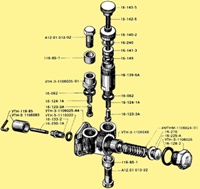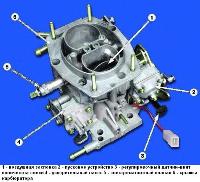For lapping the valves, it is most convenient to use a special mechanical device (reversible drill)
To grind the valves with a drill, you need to pick up a piece of rubber hose that holds the valve tightly.
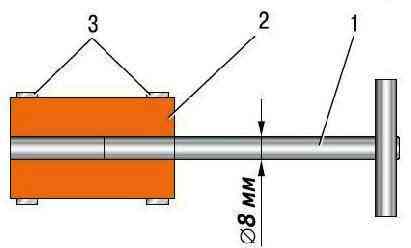
We insert a drill of a suitable diameter into the drill.
We put a piece of hose on the drill. In addition, ready-made manual valve holders are available.
In the absence of ready-made fixtures, you can use a fixture made according to the drawing shown in fig. 1.
In addition, you will need: lapping paste, kerosene, a weak spring, passing through the valve seat hole along the outer diameter.
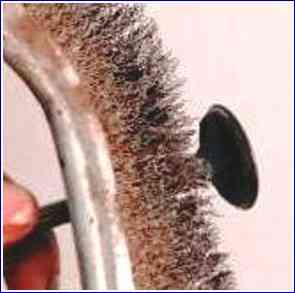
Clean the valve from carbon deposits.
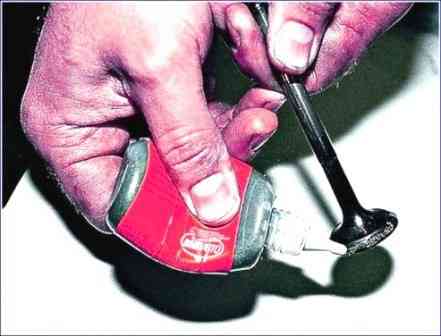
Apply a thin, continuous layer of lapping paste to the valve face.
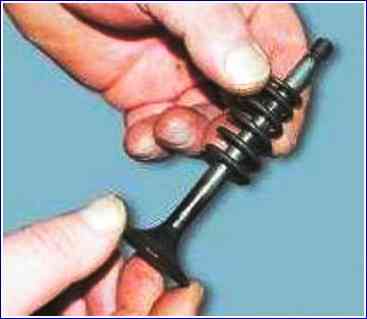
Place the preselected spring on the valve stem.
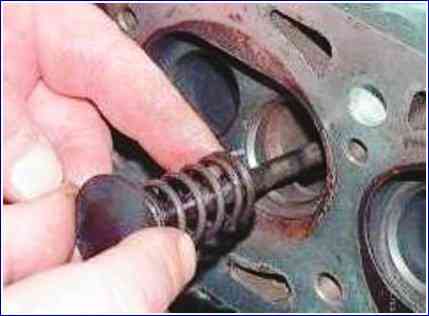
Insert the valve into the guide sleeve from the side of the combustion chamber, lubricating the valve stem with a layer of graphite grease.
Graphite grease will keep the guide bushing from getting abrasive from the lapping paste into its hole and will make it easier to rotate the valve during lapping.
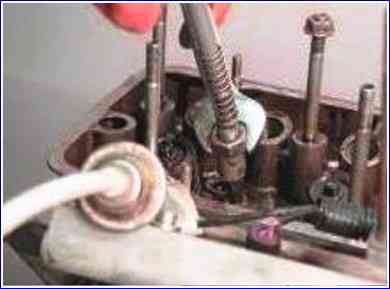
Place a valve lapping tool (or with some tightness a rubber tube to connect the valve to a reversible drill) on the valve stem

Lap the valve by rotating it alternately in both directions by half a turn and periodically pressing it against the seat, then loosening the clamping force.
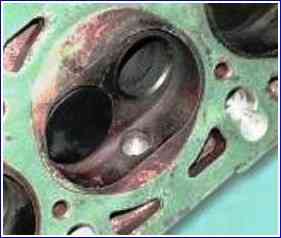

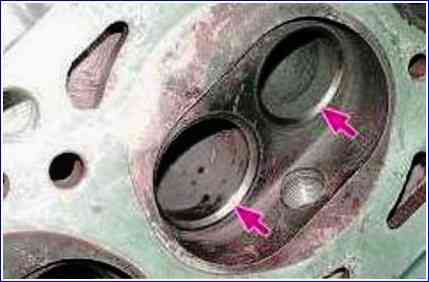
Lap the valve until a matte gray continuous monophonic band at least 1.5 mm wide appears on its facet, while a matte gray band at least 1.5 mm wide should also appear on the valve seat after grinding in
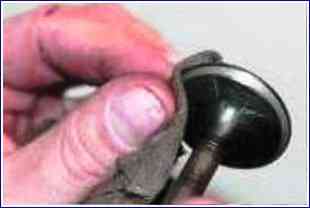
After lapping, wipe the valve and seat thoroughly with a clean cloth and rinse to remove any remaining lapping paste
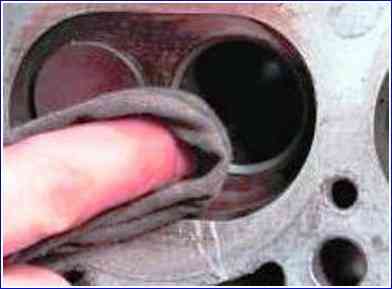
Check the tightness of the valve by installing it in the head with springs and crackers.
Then lay the head on its side and pour kerosene into the channel that is closed by the valve.
If kerosene does not seep into the combustion chamber within three minutes, the valve is tight.








